Crisis as catalyst: How Trump 2.0 could strengthen China-ASEAN ties
Every enhancement of China-ASEAN cooperation has had a strong supporting impetus, namely, the crisis-driven impetus, asserts Chinese academic Zhai Kun. In the current context, China and ASEAN countries should have the confidence to transform the impact of Trump 2.0 into new impetus for further enhancing China-ASEAN cooperation.
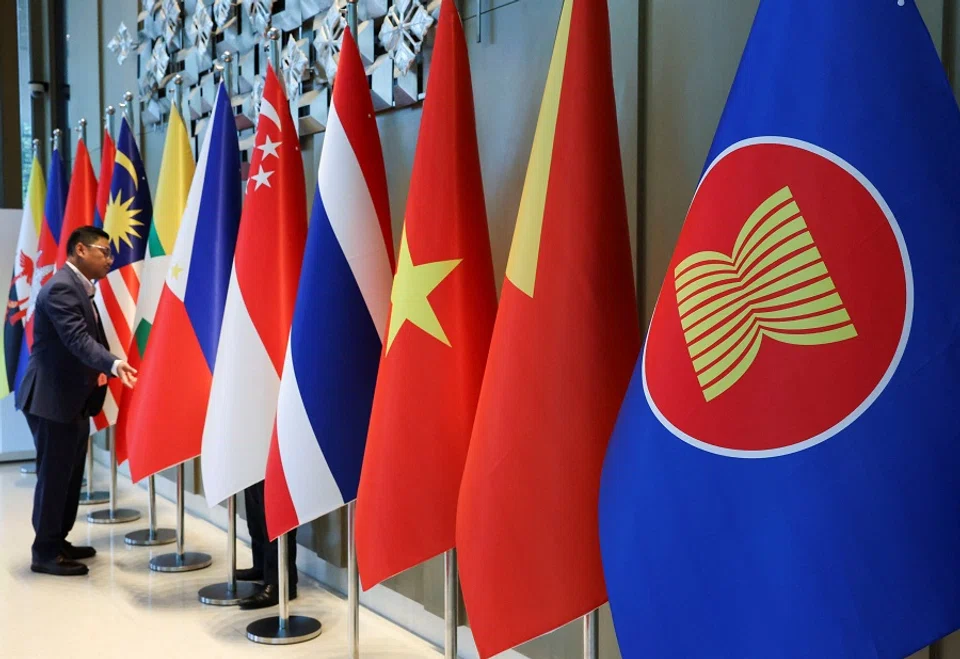
The shockwaves of Trump 2.0 are rapidly spreading across the globe, inevitably posing significant challenges to the increasingly close and positive cooperation between China and ASEAN. Even so, the China-ASEAN relationship continues to thrive through time, amid challenges and crises.
By leveraging the crisis momentum created by Trump 2.0, both sides can further expand bilateral and regional cooperation. In February, at the 31st China-ASEAN Senior Officials’ Consultation held in Ningbo, both parties reached consensus on cooperation in maritime affairs, artificial intelligence, the green economy and other fields. In the same month, at the China-ASEAN FTA 3.0 Special Joint Committee meeting held in Kuala Lumpur, Malaysia, there was unanimous agreement to accelerate subsequent work and prepare for the signing of the agreement.
Gloomy prospects for ASEAN-US relations
The shockwaves of Trump 2.0 are all-round, chaotic and have a huge impact. In the Asia-Pacific region, the first round of impact has hit China, Northeast Asia and South Asia. Meanwhile, the impact on Southeast Asia, a region that the US seems not very interested and familar with — as evidenced by US Defence Secretary Pete Hegseth’s notable lack of knowledge about ASEAN affairs during his February 2025 Senate hearing where he repeatedly confused ASEAN member states — is gradually unfolding.
As a hub of connectivity and institutionalised cooperation in the Asia-Pacific region, the impact of Trump 2.0 on Southeast Asia is bound to systematically affect China-ASEAN relations, ASEAN integration, East Asian cooperation and even the construction of the Asia-Pacific order.
First, the impact on ASEAN member states. Like China, ASEAN countries universally face challenges from Trump 2.0, such as intimidation and transactional diplomacy. Vietnam, Indonesia, and others are particularly concerned about Trump’s tariff policies.
Second, the impact on ASEAN community building. During Democratic administrations, the US showed greater commitment to ASEAN community building, implementing relatively successful foreign aid projects in technology, education, healthcare, poverty reduction and gender empowerment. Trump’s major restructuring of USAID will likely withdraw support for ASEAN community building, especially in reducing development gaps among ASEAN members.
If Trump shares anything with previous US presidents regarding Southeast Asia policy, it is the desire to contain the increasingly robust China-ASEAN comprehensive strategic partnership.
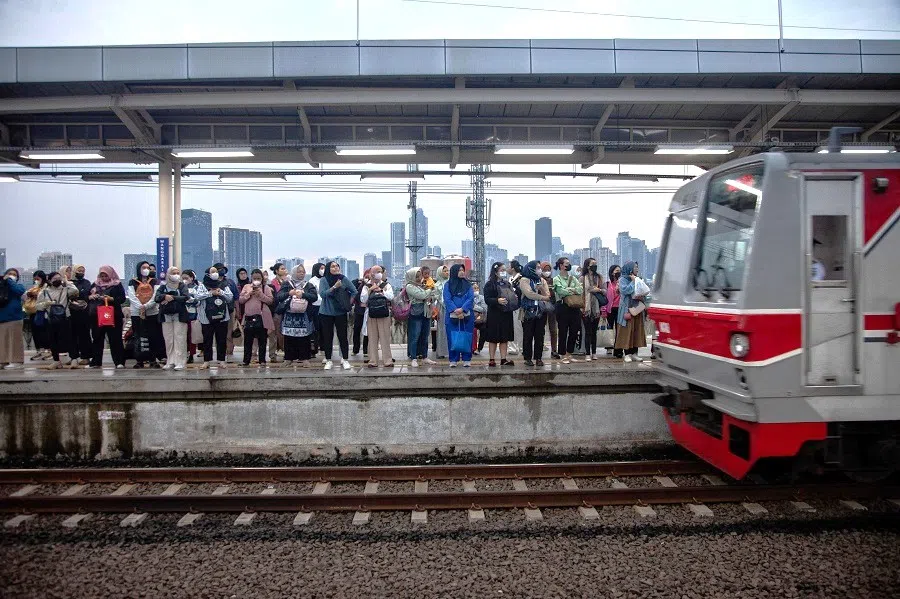
Third, the impact on East Asian cooperation. Trump shows little interest in regional multilateral cooperation and rarely attends the East Asia Summit organised by ASEAN. He is bound not to respect the ASEAN centrality that ASEAN has painstakingly established over the years. A particularly bleak memory for ASEAN countries is Trump’s withdrawal from the Trans-Pacific Partnership (TPP) established under Obama during his first term, and he will likely abandon Biden’s Indo-Pacific Economic Framework during his second term. Such policy reversals leave ASEAN countries adrift.
Fourth, the impact on China-ASEAN relations. If Trump shares anything with previous US presidents regarding Southeast Asia policy, it is the desire to contain the increasingly robust China-ASEAN comprehensive strategic partnership. He may potentially exacerbate tensions on bilateral issues between China and ASEAN countries, the South China Sea dispute, Myanmar and other matters.
Fifth, the impact on the China-US-ASEAN framework and the Asia-Pacific order. Since Trump 1.0 launched the Indo-Pacific Strategy targeting China, ASEAN has mediated by creating the ASEAN Outlook on the Indo-Pacific and other measures. ASEAN has attempted to place China, the US and other regional countries under an ASEAN-centred Indo-Pacific framework, committed to building an inclusive regional order that has gained support from all parties.
However, given ASEAN’s grim outlook on Trump 2.0, doubts emerge about whether this inclusive order will continue. This pessimistic assessment is based on the traumatic experience of policy reversals and institutional neglect that ASEAN suffered during Trump’s first term, particularly his withdrawal from the TPP and repeated absence from ASEAN-led summits, which damaged trust and created deep institutional memory within ASEAN diplomatic circles
Turning crises into oppportunities for ASEAN-China relations
From this perspective, the impact of Trump 2.0 is complex, systematic, chaotic and disorderly, and generally poses a huge challenge to China-ASEAN relations. However, if one is familiar with the development history of China-ASEAN relations after the end of the Cold War in 1991, one will know that every enhancement of China-ASEAN cooperation has a strong supporting impetus, namely, the crisis-driven impetus. China and ASEAN countries should have the confidence to transform the impact of Trump 2.0 into new impetus for further enhancing China-ASEAN cooperation.
... the 2021 elevation to comprehensive strategic partnership, and economic interdependence reaching record levels of over US$1 trillion in annual trade value — creating a resilience that transcends previous crisis-response capabilities.
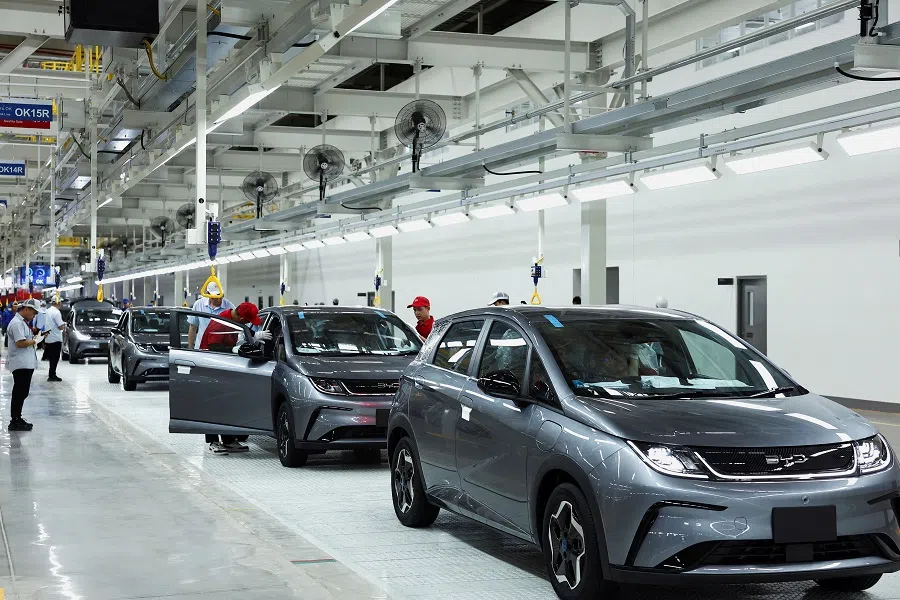
Both China and ASEAN countries believe in the diplomatic philosophy that there are opportunities in crises and that crises can be turned into opportunities. Since modern times, in the pursuit of national independence, national development and regional stability, China and Southeast Asian countries have continuously coped with various crises and conflicts, forming a crisis-driven impetus and becoming natural strategic partners. For example, the Asian financial crisis in 1997 contributed to East Asian cooperation, and SARS and other epidemics contributed to China-ASEAN public health cooperation.
The international financial crisis in 2008 reminded China and ASEAN to further strengthen the firewall of financial cooperation under the East Asian cooperation framework. Given the negative impact of the US “decoupling and breaking chains”, “small yard, high fence” and various small multilateral security mechanisms on regional development and security, coupled with the impact of the Russia-Ukraine conflict, China and ASEAN have further strengthened strategic, economic, energy and security cooperation, as well as cooperation in emerging fields such as green energy, digital economy, climate change and connectivity.
It can be foreseen that China and ASEAN will regard the impact of Trump 2.0 as a new wave of crisis-driven impetus to strengthen bilateral cooperation. This confidence is particularly warranted now as the institutional foundations of China-ASEAN relations have reached unprecedented maturity with over three decades of formalized dialogue relations, the 2021 elevation to comprehensive strategic partnership, and economic interdependence reaching record levels of over US$1 trillion in annual trade value — creating a resilience that transcends previous crisis-response capabilities.
In this regard, the decision makers of both sides will have some tacit understanding and form a three-step cooperation strategy. The first step is tacit understanding. Both sides will recognise that this is an opportunity for China and ASEAN to support each other again. Recently, Chinese Foreign Minister Wang Yi has launched intensive cooperative diplomacy in Southeast Asia, strengthening cooperation with ASEAN countries in transnational crime, connectivity and other aspects. Leaders of Malaysia, Singapore, Indonesia and other countries have stated that they will not take sides between China and the US, actively respond to the impact of Trump and further strengthen regional cooperation.
The second step is consensus. This consensus between China and ASEAN will serve as the strategic foundation for their joint response to Trump’s policies, reflecting their shared understanding that neither side benefits from allowing external pressures to undermine regional cooperation.
The impact of Trump 2.0 is a touchstone for testing China-ASEAN relations. Under this impact, old problems will be intensified, and new problems will emerge. This will give both China and ASEAN an opportunity to re-examine the cooperation framework, identify the pain points, difficulties, conflict points and weak points in their relations, reach a consensus, repair and strengthen the China-ASEAN comprehensive strategic partnership and promote the construction of a China-ASEAN community with a shared future.
The third step is action. There is a very mature institutionalised communication and cooperation mechanism between China and ASEAN. At the macro level, for example, the summit mechanism held in ASEAN countries every year, the China-ASEAN Expo and the China-ASEAN Business and Investment Summit held in China, etc, can quickly translate consensus and plans into specific actions.
... China and ASEAN can hold high the banners of multilateralism, open regionalism, support for ASEAN centrality, construction of an inclusive regional order...
Cooperation prospects
It is believed that under the impact of Trump 2.0, 2025 will be a year of great cooperation between China and ASEAN, and macro-level cooperation can be strengthened.
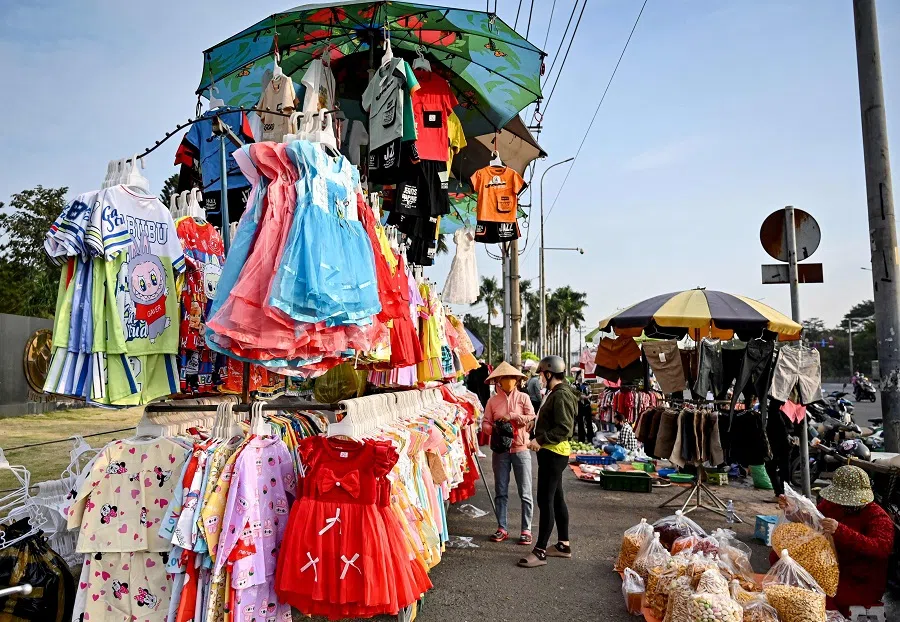
First, considering the challenges that Trump 2.0 may pose to both China and ASEAN countries, China and ASEAN can strengthen hotline communication, strategic communication and policy coordination, especially the coordination of macroeconomic policies. For example, they can discuss how to support each other and jointly cope with Trump’s divide-and-conquer tariff policy.
Second, given the potential harm of Trump 2.0 to East Asian regional cooperation and the Asia-Pacific and global order, China and ASEAN can hold high the banners of multilateralism, open regionalism, support for ASEAN centrality, construction of an inclusive regional order, etc, hold fast to the moral ground and basic framework of regional cooperation, explore cooperation in emerging fields and shape new regional leadership.
It is possible to strengthen the horizontal expansion and connection of China-ASEAN cooperation, such as promoting cooperation between China-ASEAN and the South Pacific, China-ASEAN and the EU, China-ASEAN and the Gulf Cooperation Council, China-ASEAN and Africa, China-ASEAN and Central Asia, China-ASEAN and Latin America, etc, to form a broader and more solid global cross-regional cooperation support.
Third, given the potential value divergence and geopolitical confrontation brought by Trump 2.0, China and ASEAN should strengthen multi-level and three-dimensional people-to-people and cultural exchanges, create a model of cross-civilisation dialogue and cooperation, and provide a solid public opinion foundation for regional peace and cooperation.


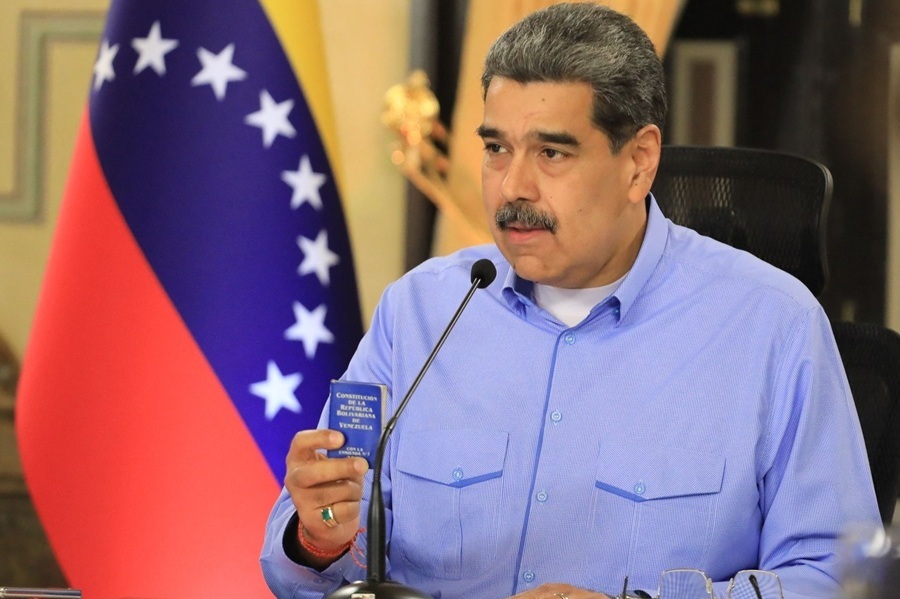
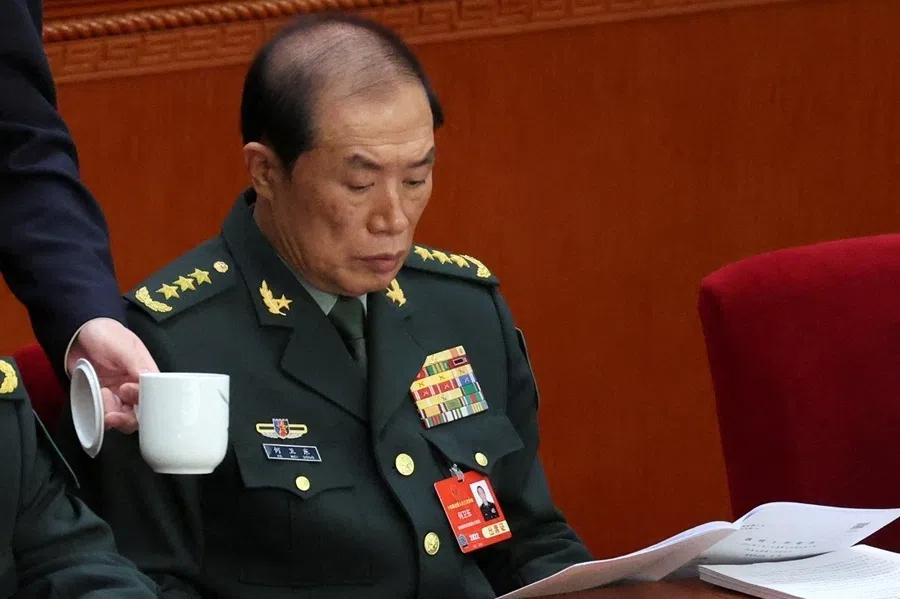
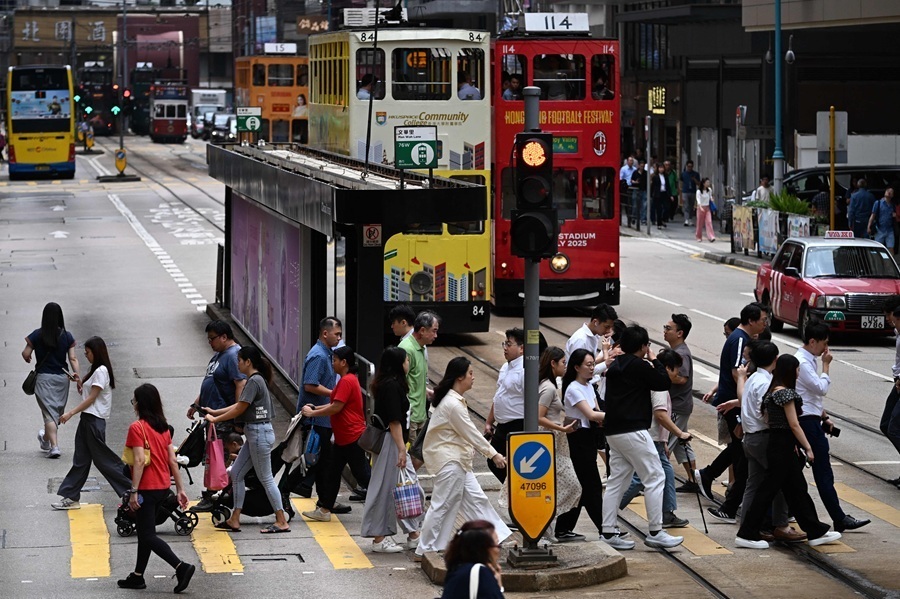
![[Big read] Prayers and packed bags: How China’s youth are navigating a jobless future](https://cassette.sphdigital.com.sg/image/thinkchina/16c6d4d5346edf02a0455054f2f7c9bf5e238af6a1cc83d5c052e875fe301fc7)